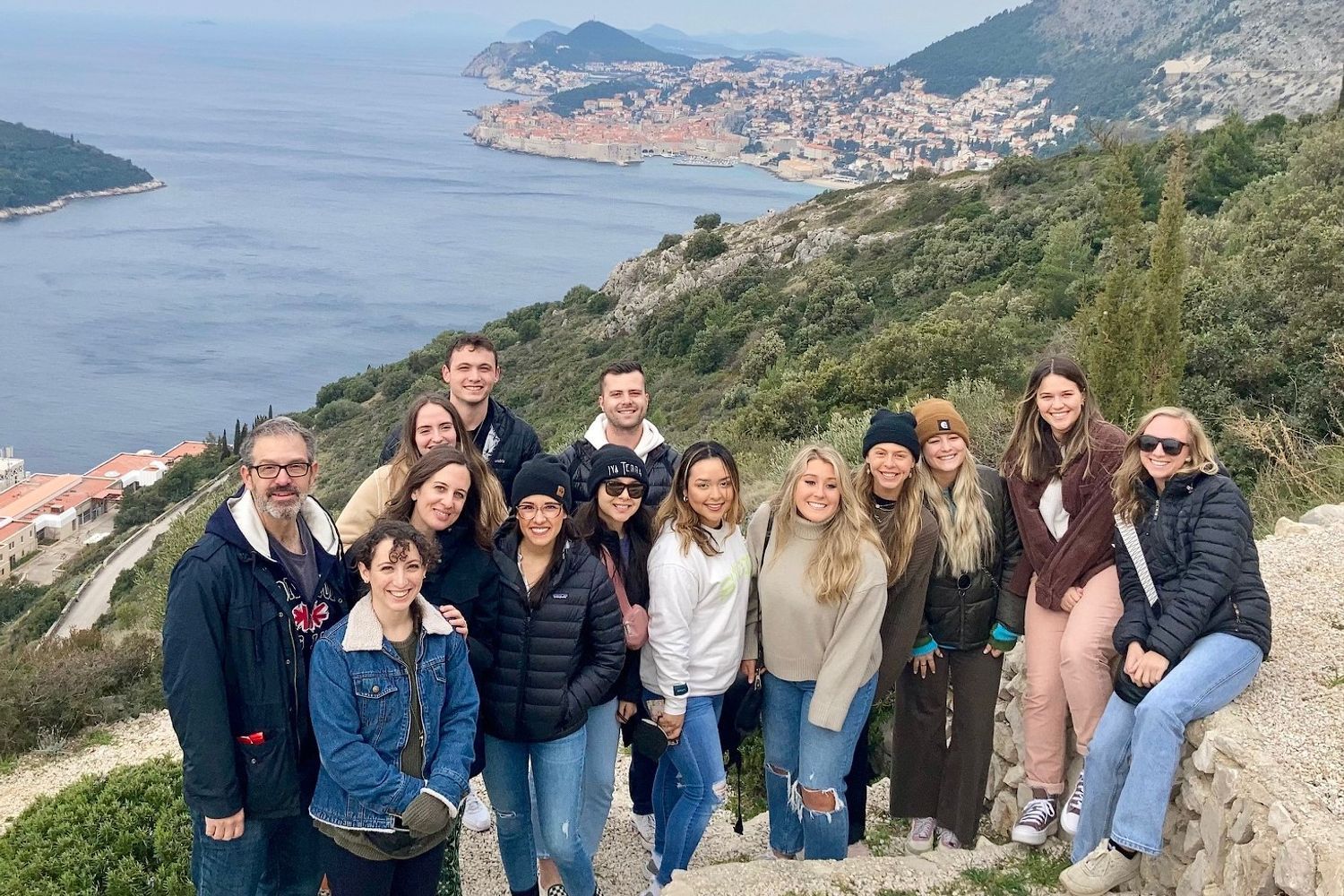“ You must be the change you wish to see in the world. ”
Mohandas Gandhi
WHERE ARE INTERNATIONAL STUDIES GRADS NOW?
CONTACT US
International Studies
601 S. College Road
UNCW, Wilmington, NC 28403-5629
Our office is located in the Teaching Lab Building, Suite 2116.
Email us to make an appointment.




